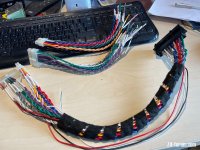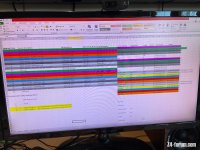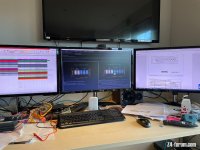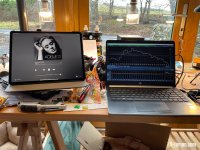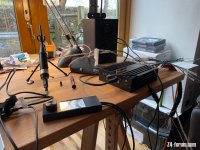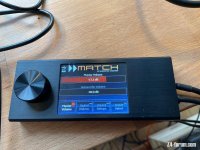While my brain was in gear I thought it would be best to fire up the DSP configuration tool and try and embody the wiring /configuration details in the DSP programming system.
Of course if you buy a modern mid range upwards (and in fact quite some cheaper cars) car then they almost all use DSPs to make the audio sound better and this allows them to use cheaper speakers very effectively/
WIth a general purpose DSP/amp you have to do the heavy lifting..often manufacturers supply 'sound set-ups' which are pre-canned for specifc cars..of course going off-piste means that you either start with one of theirs and mod it or roll your own..
Between day jobs I gave it a go..
So the first job with this fairly sophisticated puppy is to decide which inputs are going to be associated with the intended outputs. In this case this DSP extends the concepts of signal processing to a whole new level..this system can embrace the concept of virtualisation which allows an even cleverer bunch of tricks to be performed on the sound image..this screenshot shows the two channels that will come in on the digital optical link from the MOST E89 bus that has been decoded by the SMI25 MOST to FO Digital on the left..then those two channes (basically left and right) are allocated to the various virtual channels that everntually will be allocated to the actual physical 10 channels of amplifcation
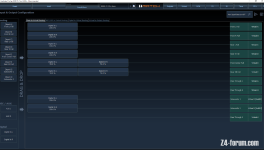
Next is an interim step (which if you used multiple alternative inputs like analogue lines in or on board bluetooth /usb etc) which for our simple two channel input is largely a repeat of what we just did.it allows you to treat say a woofer/mid/tweeter as a block of DSP logic
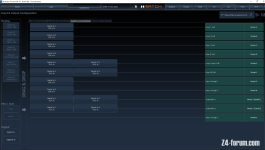
Then we tie the virtual world to the real channels of the amp..in this case the main event is to ensure that the two high power channels 160 watts RMS each go the subwoofers as these need an awful lot of grunt to be effective. In the E89 we have a channel driving the door mounted mid and tweeter and a channel driving the kickwell woofer (this is where the virtual bit comes in as two amps per side are treated logically as one for the purposes of sound stage image creation) The other 8 channels can deliver 65 watts RMS per channel..ideally a bit more for the woofers would have been great..but we limp on..
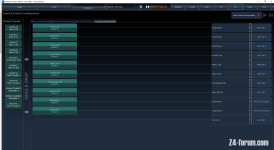
Then we move on to the virtual processor which uses the array of speakers to do lots of very very clever things. So we digitally process the sound stage so for music it feels 'wider' and 'crisper'. We do similar tricks for the centre speaker so voices as in say a news broadcast are very crisp and centralised, and finally in this section we do some heavy processing to make the subwoofers feel much stronger and deeper than they really are.
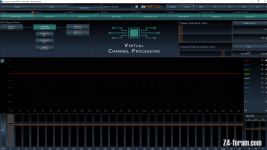
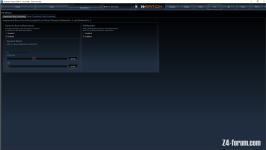
Finally for now we add a filter characteristic for each set of speakers connected to a physical channel..so subwoofers get cut off from below and above, the door mid range and tweeter get cut off from the bottom and the woofers get cut off from below and above..this is done so they don't fight each other but complimentt each other, avoid using power to drive redundant or inefficient areas and avoid 'flaws' in the design .All sorts of tricks done digitally here, boosting or reducing specifc frequencies using a parametric equaliser, altering the steepness of the curves in 6db increments and using different filters, Butterworth, Bessel, Linkwitz, Tschebyschev or custom to tweak these aspects.
So we are now done as far as the basic set up is..the next stages have to be done in the car..where pink noise is played and we see how in the real world the speakers, their locations and the interiorof the car affect the actual sound..then a real time analyser does very clever stuff, which along with time aligment, phase shifts and changes in individual frequencies (per channel) and their levels related to the reference are all twiddled with either manually of automically or both!
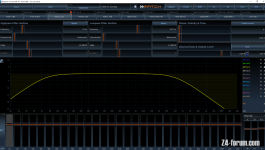
But that's for another day.
